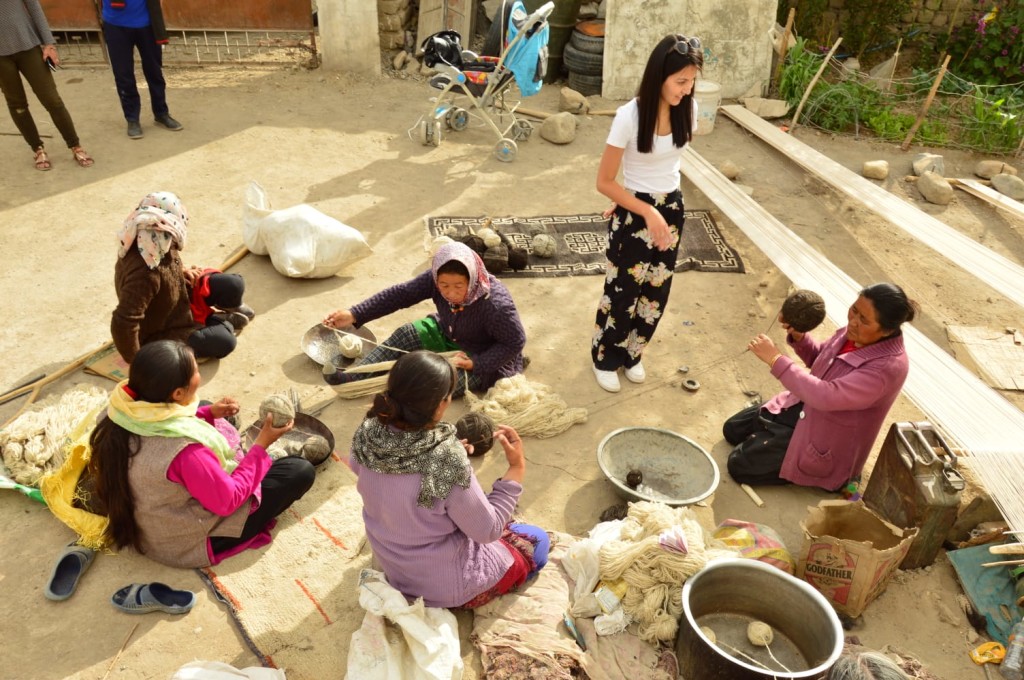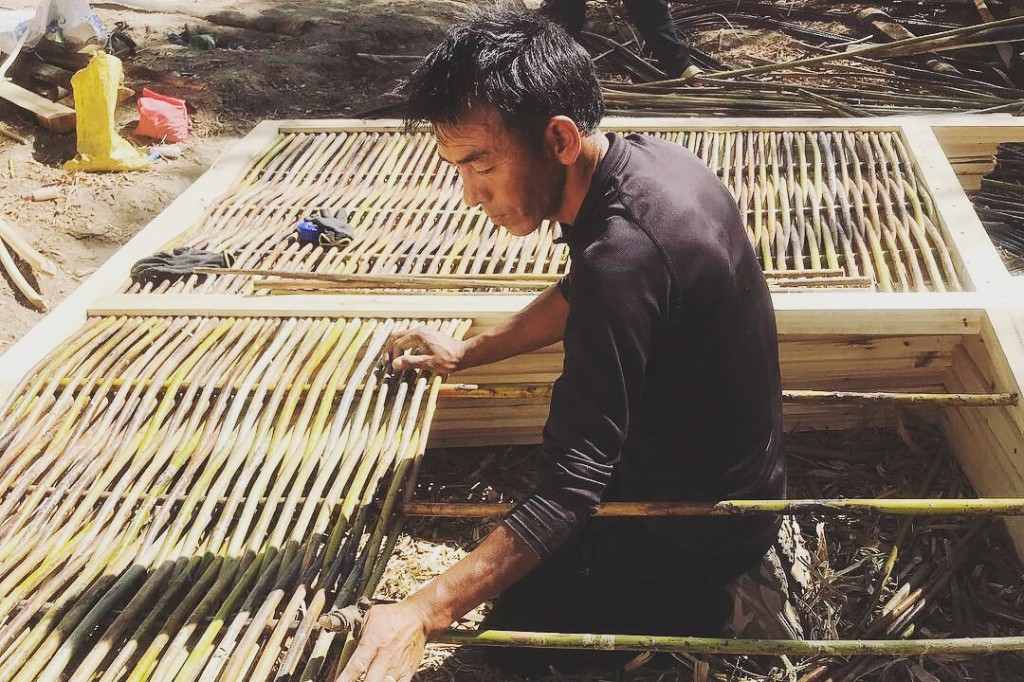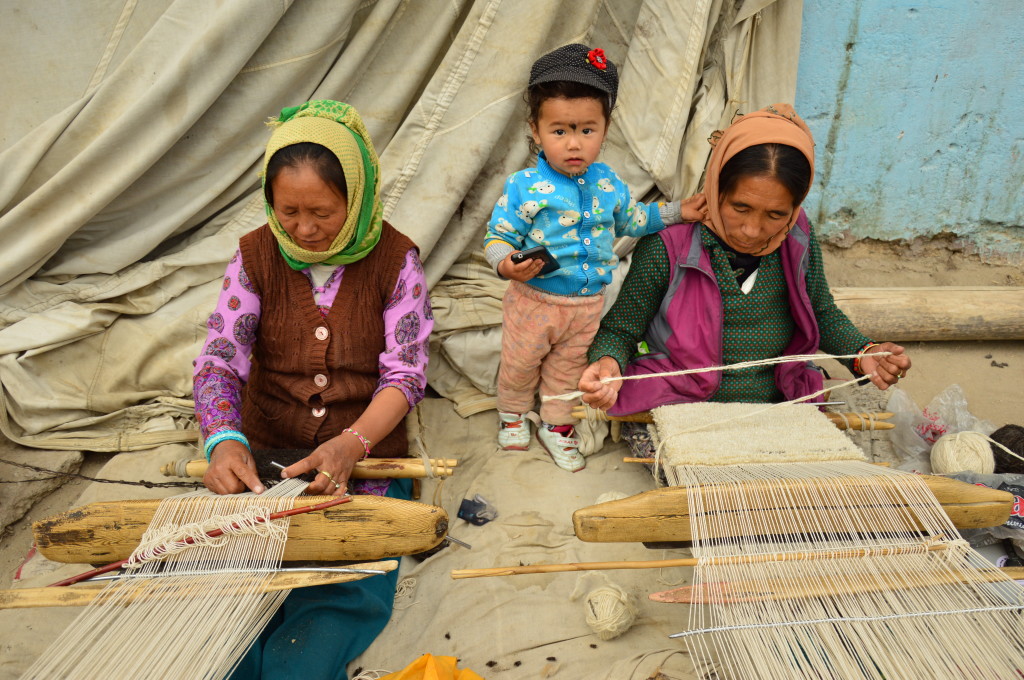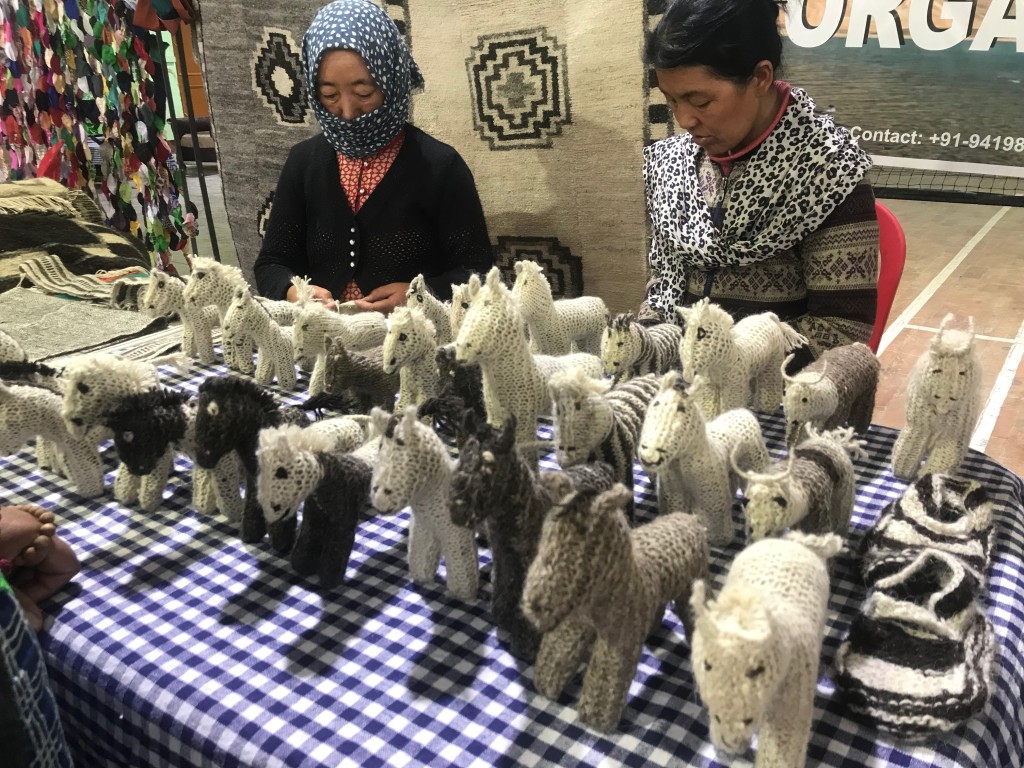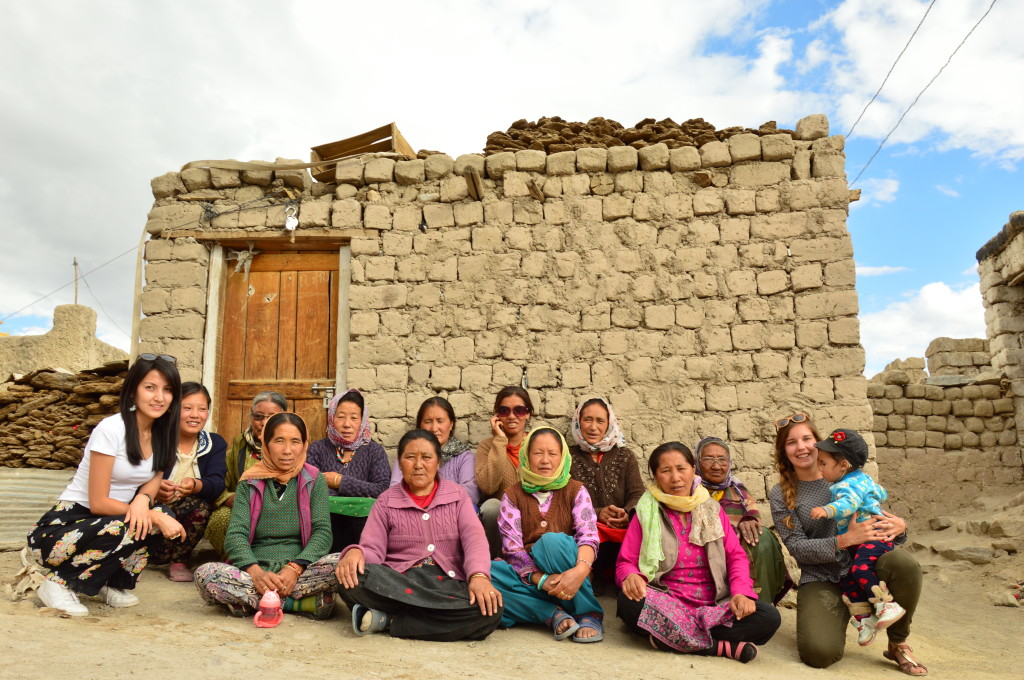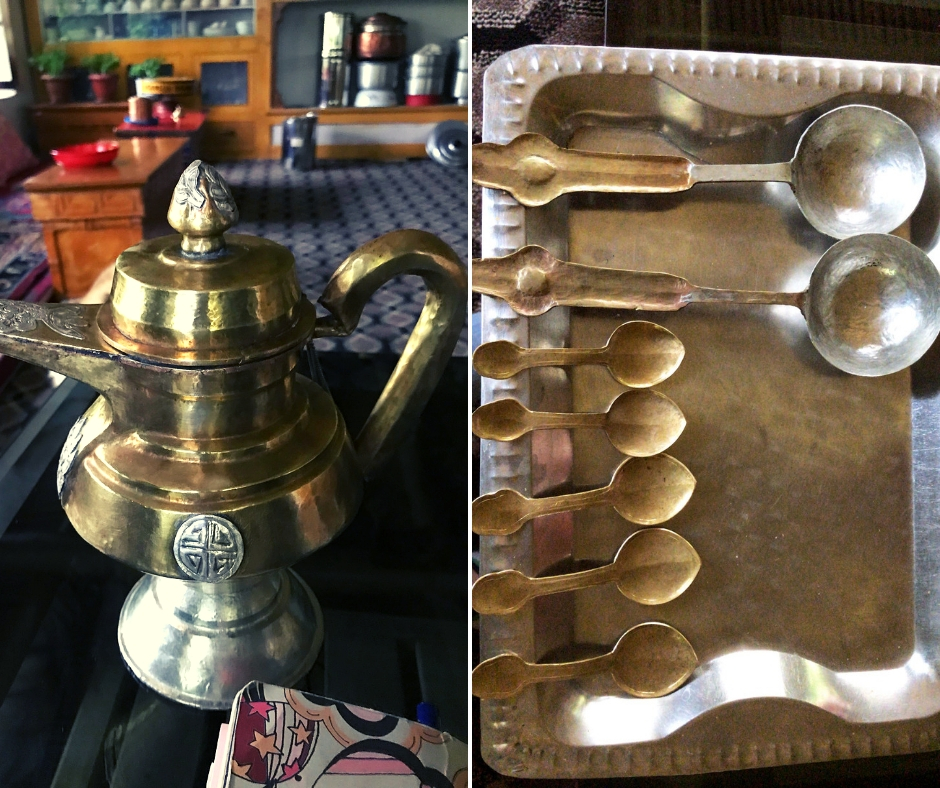She began by building a sustainable resort, and gathering artisans. And now you can help preserve an ancient tradition. Check it out!
Despite being born in the land of high passes, Rigzin Wangmo Lachic Goji, the daughter of a serving Indian Air Force officer from Ladakh, had barely lived there.
Education and vocation had taken her from Ladakh to the cold climes of Ooty, Japan and eventually Delhi. After working for a South Delhi-based startup for two years, she moved back to Leh in 2017 wanting to start a sustainable boutique resort in her grandmother’s orchard.This was something that she had always wanted to do.
“I moved to Leh in 2017 to construct a sustainable boutique resort. We wanted to source everything locally, but upon reviewing the market, we realised that barely anything sold here was truly local. They were mostly brought in from Delhi, Kashmir, China or other places, but sold as ‘traditional’ items,” says Lachic, in an exclusive conversation with The Better India.
Eventually, Lachic and her team found a group of women weavers, who use hand-picked and hand spun wool from Changthang (a high-altitude plateau in southeastern Ladakh famous for its pristine lakes and pashmina) to weave carpets.
his discovery led them to other artisans in the neighbouring villages—straw basket weavers, a father and son duo who are the only potters left in the Likir village, a coppersmith/silversmith from the Tsogsti village, a person from Sham village who makes handmade soap using local ingredients, a resident of the Turtuk village who practices stone carving work, and cheese makers from the Zanskar region.
Upon interacting and working with these artisans for the resort, Lachic and her team realised that they were probably among the last generation of their kind. They would not find other consistent avenues for monetising their skills, once the resort had been constructed.
That’s where the idea for the ‘Hatti’ (which means shop in local parlance) initiative—a shop where these traditional artisans can sell their goods to both locals and tourists—came into being.
“This is an initiative to support all these local artisans, offer them business opportunities and help them to showcase, promote and sell their art. Hopefully, it will become an ideal one-stop shop for tourists who want to buy authentic local products sourced and made in Ladakh,” says Lachic.
For women in these rural communities, the shop also presents an opportunity for them to assert their economic independence and contribute to the family’s income by working at home.
Lachic is today raising money for the Hatti shop through a crowdfunding campaign. Going with the spirit of her initiative, her team will only employ local, traditional and eco-friendly means to construct the shop.
“The traditional form of construction, which involved using mud bricks, locally grown willow, and poplar wood, is sustainable as all of it is brought from the ground itself. In case it is demolished, there is no waste produced; it only goes back into the ground. We also intend to use plastic and glass waste for our landscaping and boundary wall work,” informs Lachic.
This shop will be constructed in the Upper Tukcha Road area of Leh, a spot frequented by both locals and tourists.
Bringing back tradition
With the advent of modernity and technology in Ladakh, many of these traditional local artisans have found it hard to monetise their skills.
For example, after speaking to the women weavers, Lachic discovered that it was something they did for either for a weekly get together in their village or at the Sunday Bazaar in Leh, where they would manage to sell a few odd pieces.“Tsering Mutup, the basket weaver we have on board for the resort, said this was the first time he was selling his goods; earlier he would only weave baskets for his family’s personal use. Tsepal Namgyal, the potter from Likir, has become relatively popular in the past few years, but you still can’t find his products in the market for purchase. Phunsok, the coppersmith, told me that he gets a few orders once in a while but can’t compete with shopkeepers selling cheaper copper and silverware made in places like Delhi. Instead, he farms and sells vegetables in the Leh market,” says Lachic.
So, it’s not as if these artisans are in dire financial conditions. They came to terms with the fact that their craft was not a reliable source of income and moved on to other conventional professions.However, in the process of adapting to current economic realities, these artisans don’t encourage their children to learn the skill set that has been passed from generation to generation, and hence, all of this will probably wither away soon.
This is unless, there is a way that these skills can generate more than a decent modicum of income. Which is why the Hatti shop is an important, and timely, initiative.
“Ladakh’s craftsmanship is a perfect reflection of our cultural heritage. Most art and craft serve the needs of local people. Understanding why these products were made only makes us realise how much thought went into creating and then eventually using these things in our daily life. Unlike the products we purchase today, these products were made to ensure that they would last for generations. Every product and every detail of the design serves a purpose, and that’s when we understood that it wasn’t just about creating these products but a way of life. And none of it creates any waste, neither in the creating process nor in the discarding,” says Lachic.
Besides initiatives for pashmina weavers, fabric makers, many unknown traditional crafts of Ladakh need to be brought to light and Hatti endeavors to create a space for them.
Article Credit: Better India
